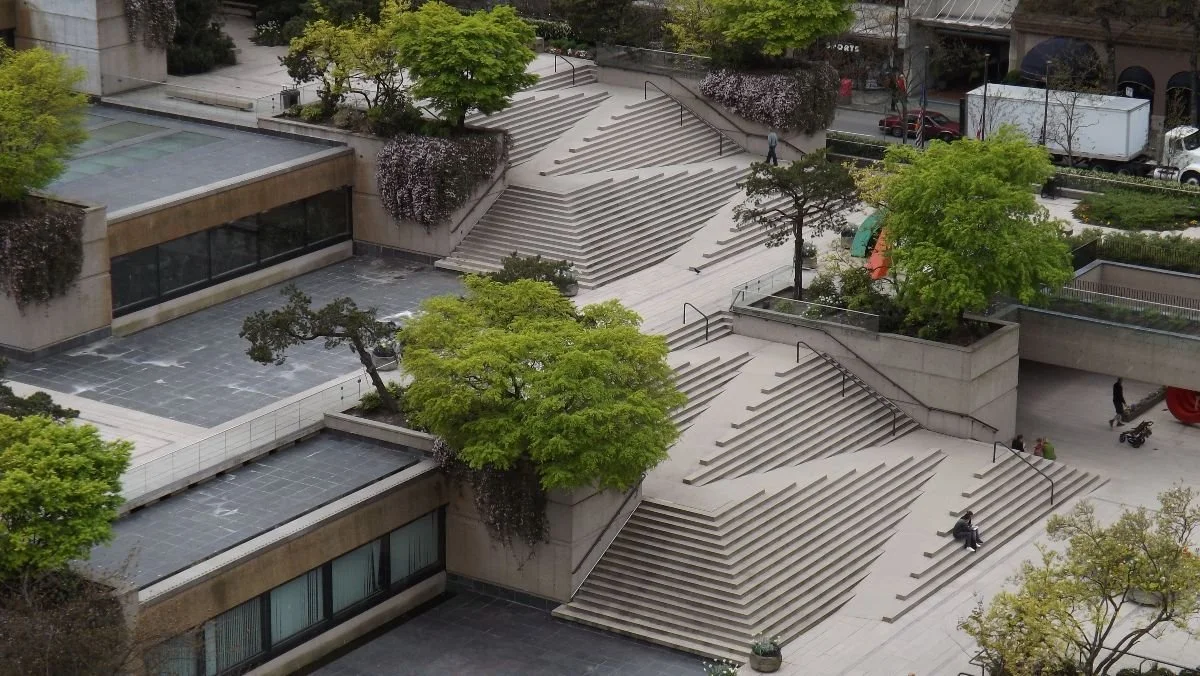Student Needs and Boundaries
Adapting and customizing my class towards my student’s needs and their personal goals is an integral part of my teaching. When I first started working as a teaching assistant at a preschool, I was given many philosophy books on early childhood education. However, one of the most important lessons I learned was something that my co-teacher said to me: “the most important thing is to show up for the kids”. Although this seems very simple, I think being present as a teacher and being there for your students is something that takes time and practice. Just like when I taught at the preschool, I had to build my student’s trust by establishing myself as a teacher but also by getting to know each one of my students- not only by name but also by what they are like as learners and as people.
Now, when I design my lessons for the CLP, I can better coordinate my group work and assess how my students will respond to an activity based on my previous experiences. I am also making these observations while I am in the classroom. If I notice that my students are getting exhausted or morale seems to be low on a particular day, I will try to slightly adjust my activities to make them more digestible. For example, instead of a whole writing activity, we will just work on constructing a well-made sentence. While I want to meet the speaking, writing, and reading goals of my class, I also want to give them the space to grow and understand their own language learning boundaries.
